As it often turns out, most people are apprehensive about the word ‘bankruptcy’. The layman’s definition, a bankrupt is one who has no wealth left at all, thereby making him/her unable to clear outstanding debt. For financial institutions especially, this is a major cause for concern. Simply put, bankrupt clients are a risky proposition and are, therefore, attributed as bad debts. Ergo, distancing themselves from these clients, financial institutions try to ensure that they remove all contacts from such clients, let alone leave a chance for further funds to be loaned out.
However, this negative approach towards people who have filed for bankruptcy is quite flawed. Although bankrupt clients might not have a positive credit history, they can surely be a great source of income. For a lot of people, going bankrupt is simply the result of having made some bad financial choices in the past. For instance, a major investment might have gone awry, resulting in the investor going bankrupt. Similarly, even though a person might have filed for bankruptcy, he or she might bounce back in the future and become successful from a financial standpoint.
How do you Deal with them?
For financial institutions, it is necessary that they try and maintain contact with bankrupt individuals. Although maintaining financial contact is not possible during the bankruptcy process, financial institutions should try and maintain contact in other ways as well. One of the best methods to maintain contact is to offer the bankrupt individual some counseling and guidance. This guidance can be in the form of assistance regarding future prospects on bankruptcy attorneys or on the overall bankruptcy filing process itself. Since bankruptcy can really take a toll on individuals, helping them during the tough time can build a great deal of trust. For instance, the bankrupt individual might go on to do well later on and eventually would do business with the institution that helped him/her during tough times.
Also, another point to be noted about individuals who have filed for bankruptcy is that the credit reports these individuals have are not always updated. A major example of this is the recent lawsuit against the likes of the Bank of America and JP Morgan Chase, both of which have failed to update their clients’ credit reports. Therefore, these credit reports still have outstanding debt stated in them, where as in reality the debt became null and void.
For more information on how to deal with bankrupt clients, watch Damon Decrescenzo explain it all:



